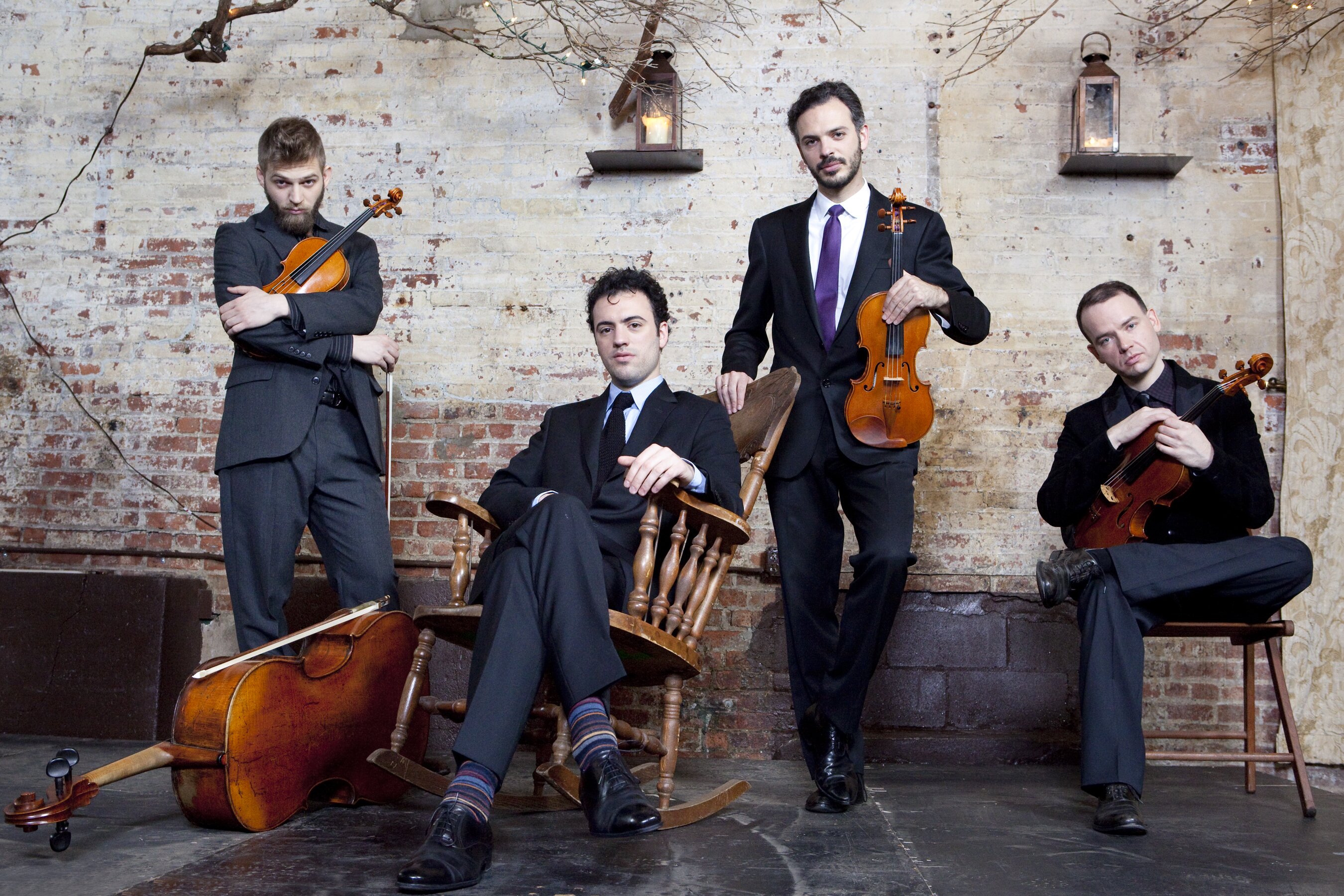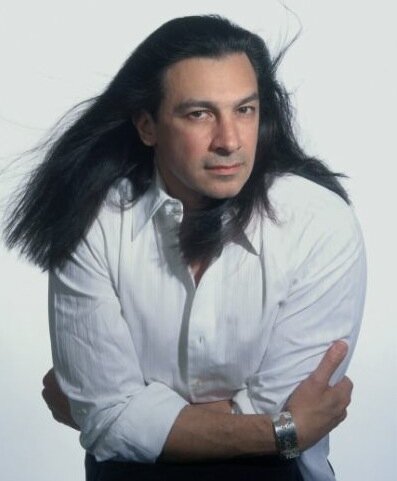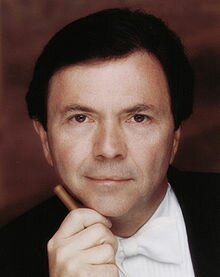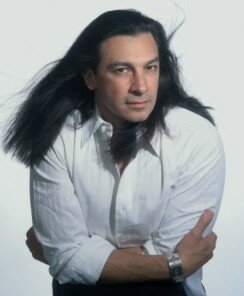Today’s string quartet ensembles are fortunate to have three hundred years of repertoire to draw upon for performance and inspiration. In the past, ensembles often chose to focus on the quartets of a single composer or time period. Recently, there’s been a movement away from this specialization. Young musicians today don’t want to choose between playing the classics and disappearing into the world of the contemporary avant garde. Several exciting ensembles have chosen to broaden their focus, blending the traditional repertoire with a potpourri of contemporary works, influences from other genres, and experimental performance methods.
String quartet Brooklyn Rider is one such ensemble. This group of four young classical string players with a simple goal: to play old music as if it were new, drawing parallels between the beloved classics and contemporary works. Brothers Colin and Eric Jacobsen (violin and cello, respectively) met violinist Johnny Gandelsman and violist Nicholas Cords while performing with Yo-Yo Ma’s Silk Road Ensemble. The four are also accomplished composers as well as musicians. Brooklyn Rider serves as a sounding board for their own works as well as a medium for studying and performing the great string quartets.
Brooklyn Rider first visited Seattle in 2010, giving an inspired performance of string quartets by Debussy and Glass at Town Hall. On Sunday, they returned for their second Town Hall concert. Word of their thrilling performances and creative programming seems to have spread, as Sunday’s concert was well-attended by a diverse crowd. In Town Hall’s wooden pews, young couples out on a date rubbed elbows with grizzled concert-going veterans. The program was as diverse as the audience. Works by Philip Glass and John Zorn were interspersed with compositions by the members of Brooklyn Rider themselves. Beethoven’s monumental String Quartet No. 14 in C-sharp Minor anchored the evening.
The first piece on the program, “7 Steps”, was written collaboratively by the members of Brooklyn Rider. The piece was inspired by Beethoven’s String Quartet No. 14, which was performed at the end of the program. Like Beethoven’s work, “7 Steps” flows through seven sections, each with a distinct character. Vivid and intense, the seven sections painted wildly different musical pictures. I was impressed by the variety of textures and colors that were packed into the work.
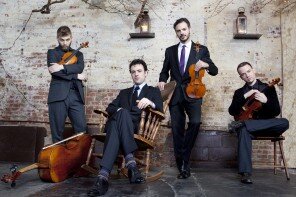
“7 Steps” was followed by a suite for string quartet by Philip Glass. This work was written as part of the score for the film Bent, which relates the experience of a homosexual man who was imprisoned in a concentration camp during the Holocaust. Over the years, Glass has imbued dozens of film scores with his trademark: repeating arpeggiated motives that create atmospheric and haunting moods. The suite from Bent was typical of Glass’s evocative style.
The third work on the program, “Sheriff’s Lied, Sheriff’s Freude” was written by Colin Jacobsen, one of the violinists in the quartet. Jacobsen spoke briefly about the piece beforehand, listing Dvorak and bluegrass music among his compositional influences. The piece began with a subtle folksy undercurrent that accompanied blending harmonies and melodies evocative of Dvorak’s lush sound. Later on in the piece, the bluegrass elements became more apparent. Brooklyn Rider seemed to have a lot of fun with light-hearted “special effects” that included singing and a random handclap.
Intermission was followed by a performance of John Zorn’s “Kol Nidre”, a short piece that evoked a stately sorrow. Although it was written in 1996, a full 170 years before Beethoven penned his String Quartet No. 14, “Kol Nidre” paired surprisingly well with Beethoven’s work, which immediately followed it in the performance. In the program notes, violist Nicholas Cords explains that “Kol Nidre” serves as a porthole into the world of the Beethoven.
In many moments of the string quartet, Beethoven’s music does sound strikingly modern. However, other sections harken back to the traditions of Mozart and Haydn that influenced the composer at the start of his career. This work was composed only a year before the composer’s death. Perhaps Beethoven could sense that the end was near — the variety of emotions packed into these seven movements is astounding and overwhelming. Brooklyn Rider’s performance conveyed these feelings and moods well.
I’m looking forward to hearing what musical magic Brooklyn Rider conjures up next. The energy and enthusiasm they bring their performances is infectious. Each of their concerts is full of surprises and musical treats. Audiences appreciate both their flair for experimentation and their strong devotion to the great classical works. As the 21st century progresses, classical music needs bold and active champions like Brooklyn Rider who can bridge the great works of the past with the new horizons of the future.
